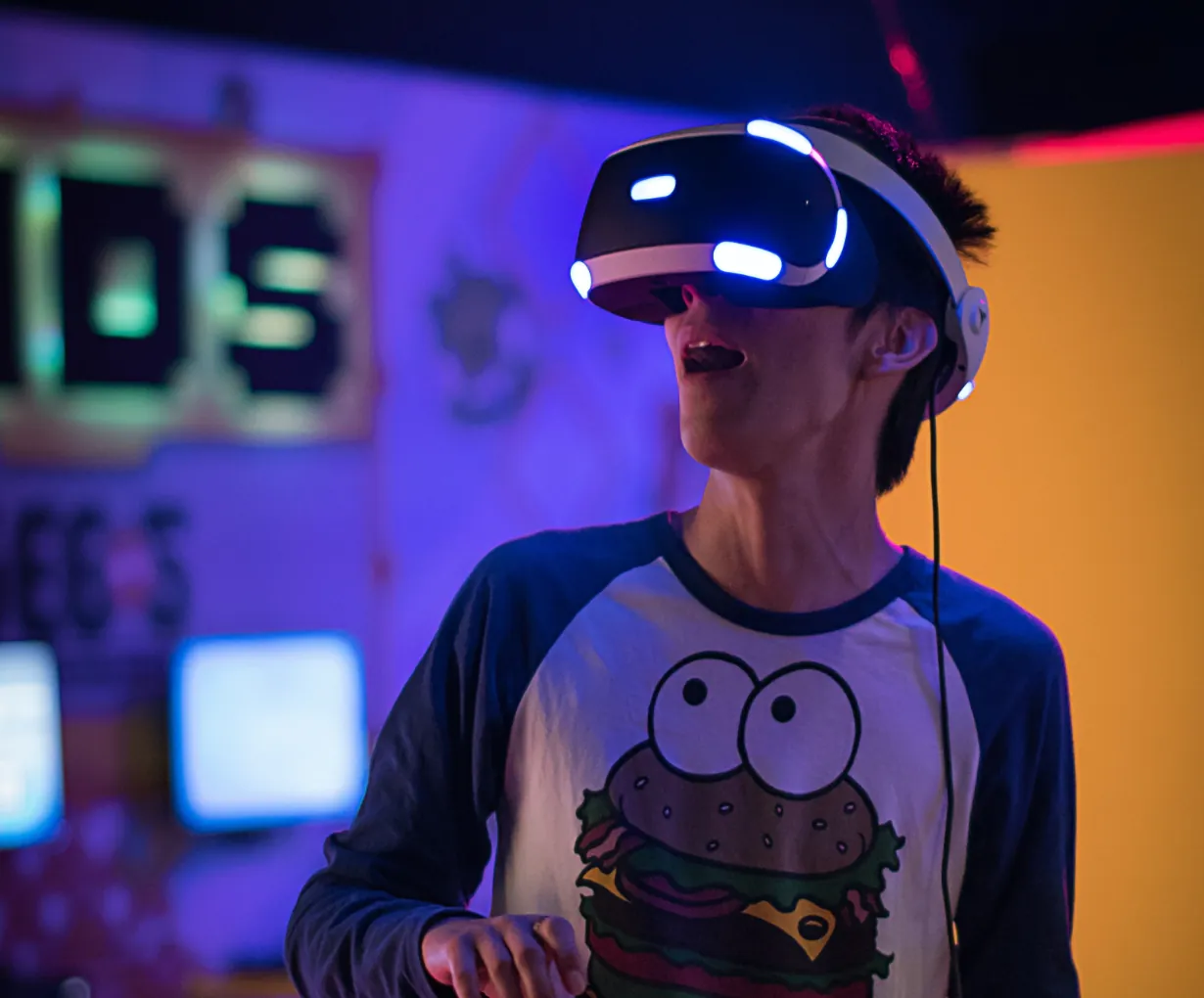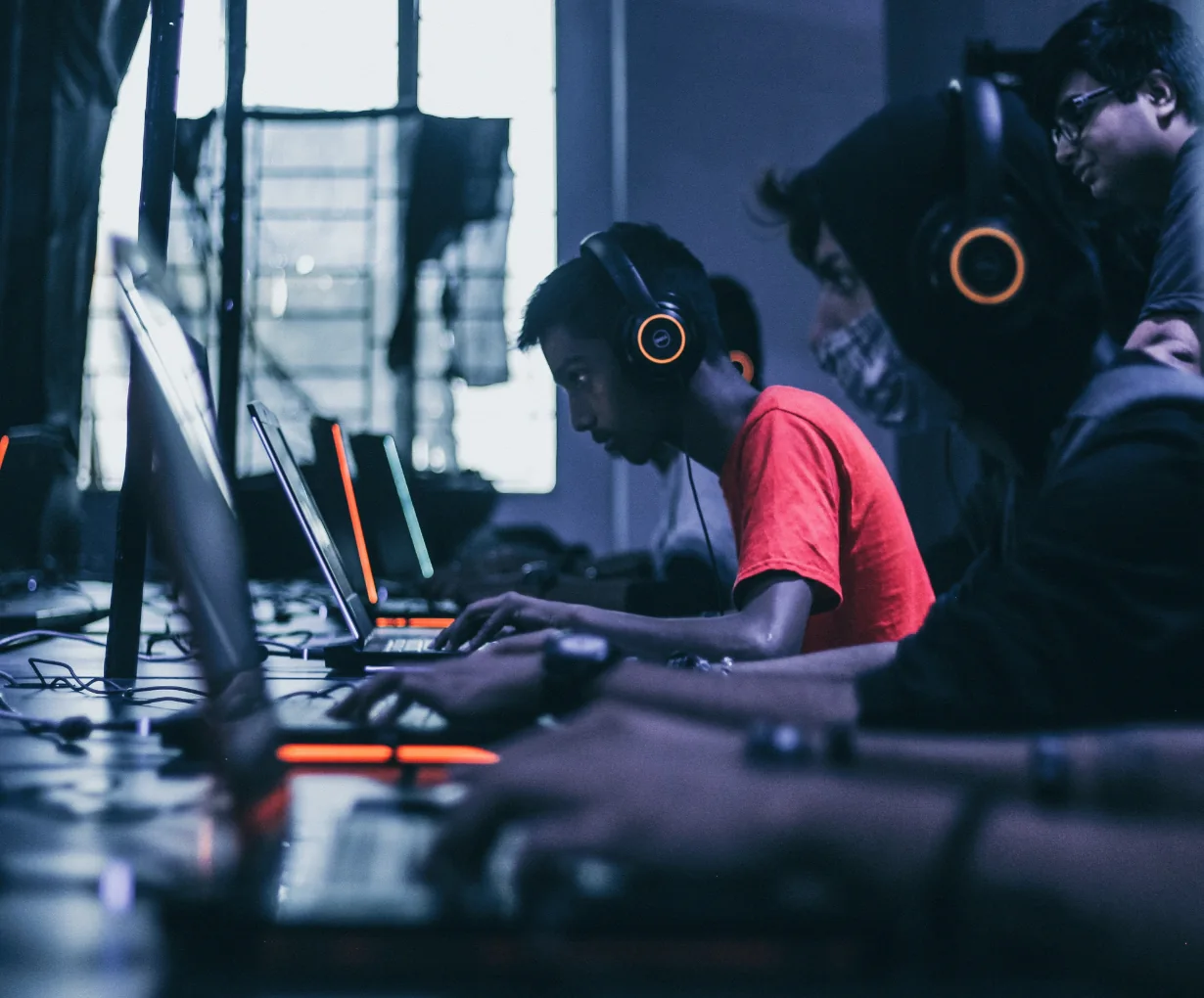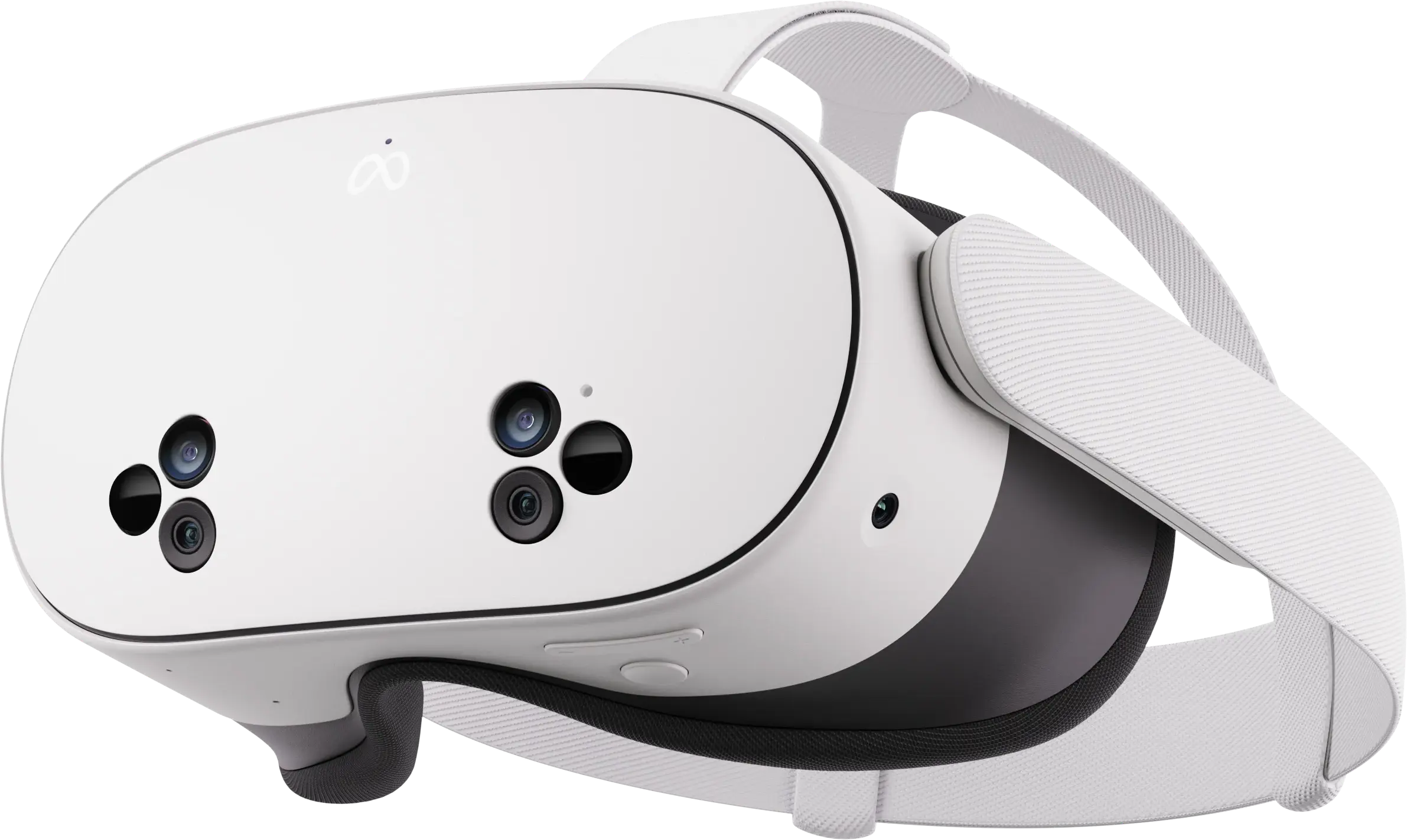When people imagine the cutting edge of educational technology, they rarely picture Historically Black Colleges and Universities at the forefront. The narrative around innovation in higher education tends to focus on well-funded Ivy League labs or Silicon Valley-adjacent research universities. But at Prairie View A&M University, a different story is unfolding—one that challenges assumptions about who gets to lead the digital transformation of learning. Here, in a modest classroom building on a campus just northwest of Houston, faculty and students are quietly pioneering one of the most promising applications of virtual reality in STEM education today.
The Algeverse project at PVAMU represents something radical in the world of educational technology: an innovation born not from privilege, but from necessity. While elite institutions experiment with VR as an enhancement, HBCUs like PVAMU are adopting it as a lifeline—a tool to address systemic inequities that have persisted for generations. The statistics are sobering. Nationally, Black students complete STEM degrees at roughly half the rate of their white peers. At many HBCUs, introductory STEM courses like College Algebra serve as brutal filters, with failure rates exceeding 50%. These aren’t just numbers—they represent thousands of bright, capable students whose STEM dreams get derailed before they truly begin.
What makes PVAMU’s approach different isn’t just the technology itself, but how it’s being deployed. Unlike the flashy, one-off VR demonstrations common at better-resourced schools, Algeverse was designed from the ground up to solve very specific problems faced by HBCU students. The team—a mix of STEM educators, psychologists, and software developers—spent months observing where traditional algebra instruction falls short for their student population. They noticed how lecture halls full of students copying formulas from slides weren’t actually learning. They saw how abstract concepts failed to stick without real-world context. Most importantly, they recognized how the pressure to perform in high-stakes testing environments triggered math anxiety that disproportionately affected their students.
The VR environment they created directly addresses these challenges. In Algeverse, quadratic equations aren’t symbols on a page—they’re the framework for building suspension bridges that students can walk across in virtual space. Polynomial functions become the code that programs a robotic arm to move with precision. Every mathematical concept gets grounded in practical, often career-specific applications that show students exactly why these skills matter. This approach does more than teach algebra; it helps students see themselves as capable STEM professionals, many for the first time.

The results from early implementations have been striking. In pilot courses using Algeverse, pass rates improved by nearly 30% compared to traditional sections. But the qualitative outcomes might be even more significant. Faculty report seeing students who previously struggled now volunteering to explain concepts to peers. Department chairs note increased retention in STEM majors after the algebra hurdle is cleared. Perhaps most telling are the student testimonials—like the computer science major who said, “VR didn’t just help me pass algebra; it made me believe I belonged in this field.”
What’s happening at PVAMU matters far beyond one university’s math department. It offers a blueprint for how minority-serving institutions can leverage emerging technologies to overcome resource gaps and level the academic playing field. While wealthy universities might pour millions into VR labs as prestige projects, HBCUs are demonstrating how to do more with less—creating targeted, pedagogically sound implementations that address their students’ most pressing needs. The Algeverse team, for instance, built their system to run on relatively affordable standalone VR headsets rather than expensive PC-tethered setups. They prioritized scalable content that could be adapted across multiple STEM disciplines. Every design decision considered both educational impact and practical sustainability.
This pragmatic innovation reflects a broader truth about HBCUs and educational technology. Without the luxury of massive endowments or corporate partnerships, these institutions have become experts at doing extraordinary work with limited resources. Where others might see constraints, HBCU educators see opportunities to rethink traditional models. The VR revolution happening at PVAMU isn’t about keeping up with technological trends—it’s about rewriting the rules of engagement for students who’ve been underserved by conventional approaches.
The implications extend beyond mathematics. If VR can help crack the code on algebra achievement, what other educational barriers might it help overcome? PVAMU’s psychology department is already exploring applications for public speaking anxiety in communications courses. Engineering faculty are experimenting with virtual labs that compensate for limited physical equipment. Each iteration follows the same principle that made Algeverse successful: technology in service of equity, not just novelty.
Critically, HBCUs are positioning themselves not just as consumers of edtech, but as creators. The Algeverse team regularly collaborates with VR developers to ensure their platform meets the needs of diverse learners—input that’s often missing from mainstream educational technology products. In doing so, they’re challenging the tech industry’s assumptions about who drives innovation and who benefits from it. As one PVAMU computer science professor put it, “We’re not just implementing solutions created elsewhere. We’re building them ourselves, for our students, with our expertise.”
This shift from periphery to center represents a quiet revolution in how we think about technology and equity in higher education. For decades, HBCUs have been framed as playing catch-up to predominantly white institutions. Now, in areas like VR education, they’re becoming the institutions others look to for leadership. A growing number of Hispanic-Serving Institutions and community colleges have reached out to PVAMU about adapting the Algeverse model. Even some well-resourced universities are taking note of the pedagogical innovations emerging from what they once might have considered unlikely places.
The story of VR in education is still being written, but HBCUs like PVAMU are ensuring it includes chapters about equity, access, and transformation. Their work proves that technological leadership isn’t about who has the fanciest equipment or biggest budget—it’s about who can harness innovation to make the most difference in students’ lives. As Algeverse expands to more campuses, it carries with it a powerful message: the future of educational technology isn’t just being imagined in ivory towers and tech hubs. It’s being built, one virtual breakthrough at a time, in places that have always understood the true meaning of opportunity.
For educators and policymakers watching this unfold, the lesson is clear. Supporting HBCUs as leaders in edtech isn’t just about fairness—it’s about recognizing where some of the most creative, impactful work is happening. When we invest in institutions like PVAMU, we’re not just funding individual programs; we’re nurturing laboratories of equity that can show the entire education system how to do better. The VR revolution in education won’t be truly transformative until it reaches every student who stands to benefit. Thanks to HBCUs, we’re seeing what that future looks like—and it’s brighter than many ever imagined.



